Thermaltake Versa J24 TG ARGB Mid-Tower Case Review
Peter Donnell / 6 years ago
Exterior
The Thermaltake J24 is a simple, yet rather stylish looking chassis. It doesn’t exactly leap out as over the top, but it’s clean and presentable enough to work as a gaming chassis or even in an office environment. Well, at least while the RGB is off, as that’s rarely an office-friendly feature. The huge tempered glass window looks stunning though, giving a clear view of the interior.
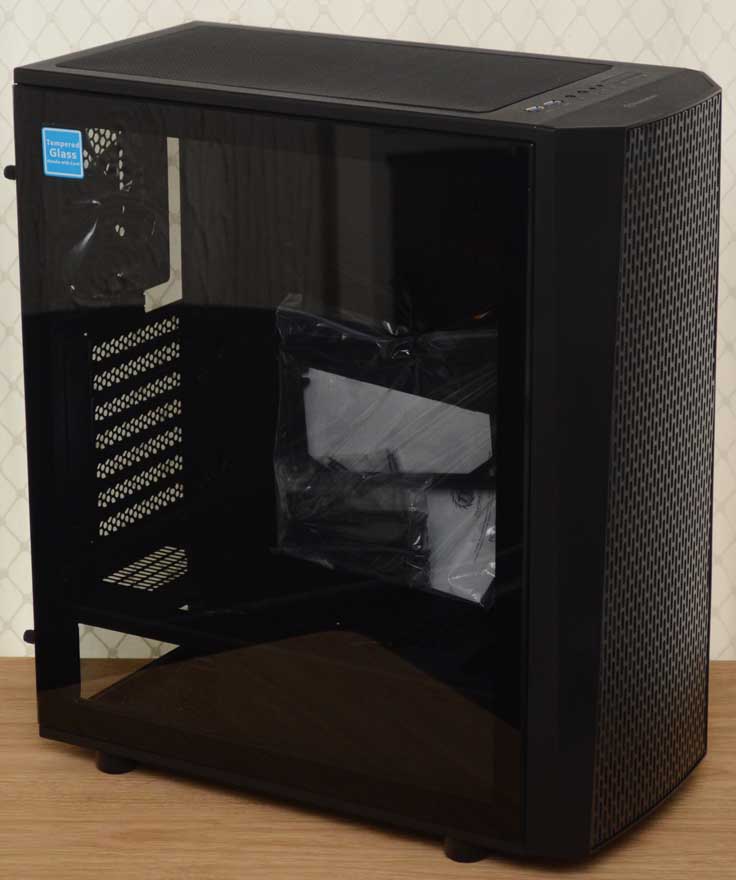
You can seven see that PSU shroud and the SSD mounts through the glass; you’ll certainly be able to show off your build here.
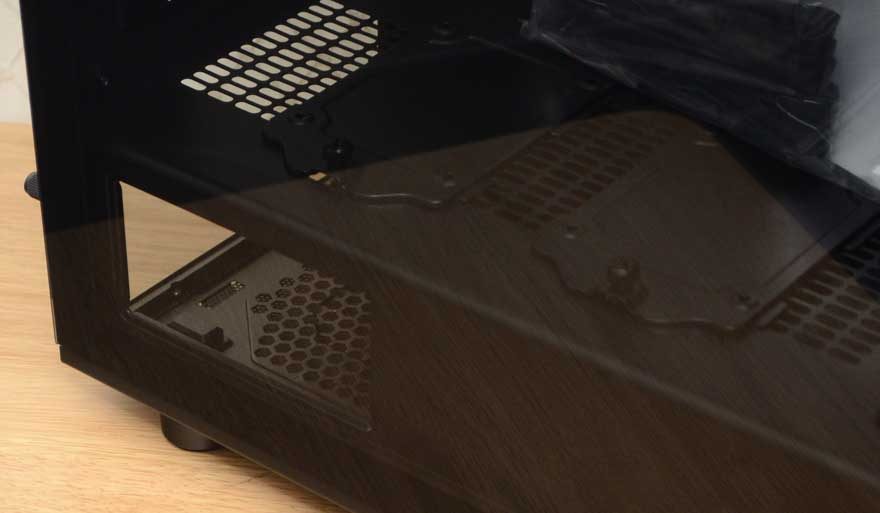
Front Panel
The front panel is quite a monolithic looking design. It’s got some angled edges that soften it up a bit. However, the full-size mesh intake looks quite menacing. Of course, lurking behind it are three RGB fans and a huge dust filter, so that should lighten it up once the system is built.
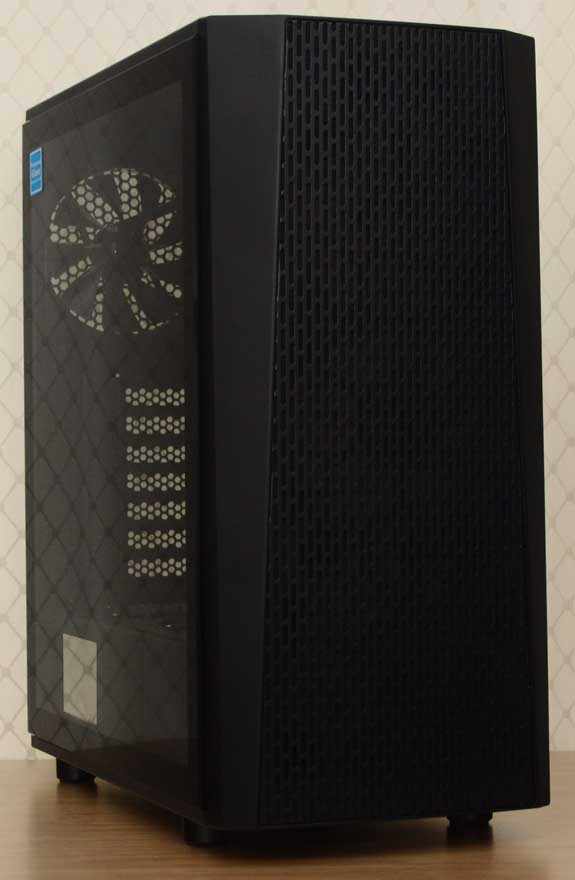
The right side panel is just a solid metal panel. It’s nothing fancy, but it’s all colour matched and blends in nicely enough. There’s certainly nothing wrong with it just being practical!
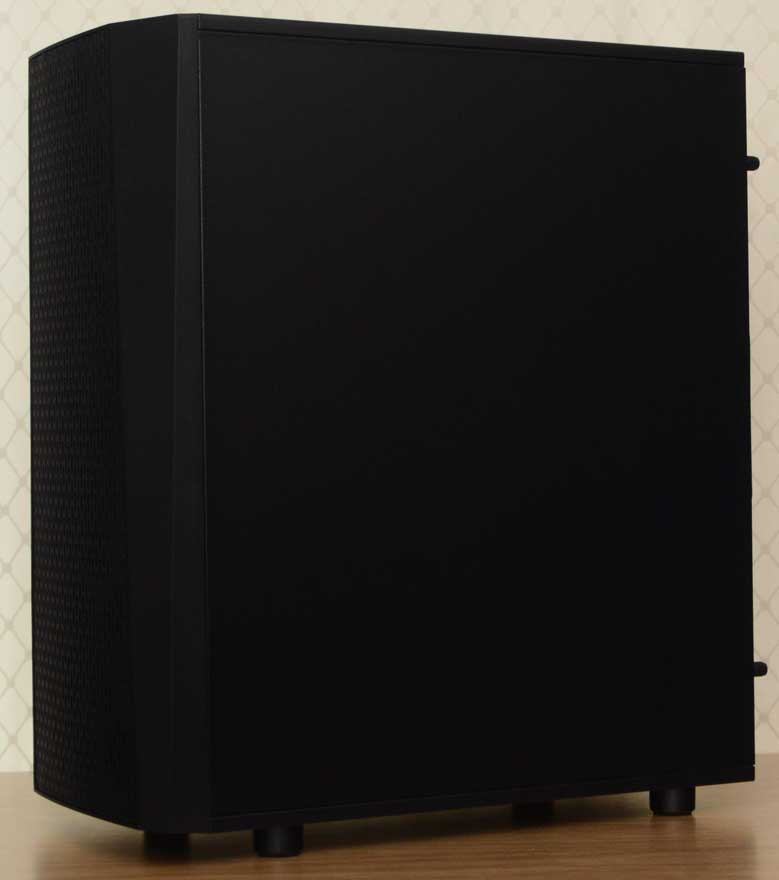
Around the Back
This isn’t anything too exciting either, but you do get a 120mm exhaust fan pre-installed. Unlike the front fans, this one isn’t RGB, but that’s pretty common practice anyway.
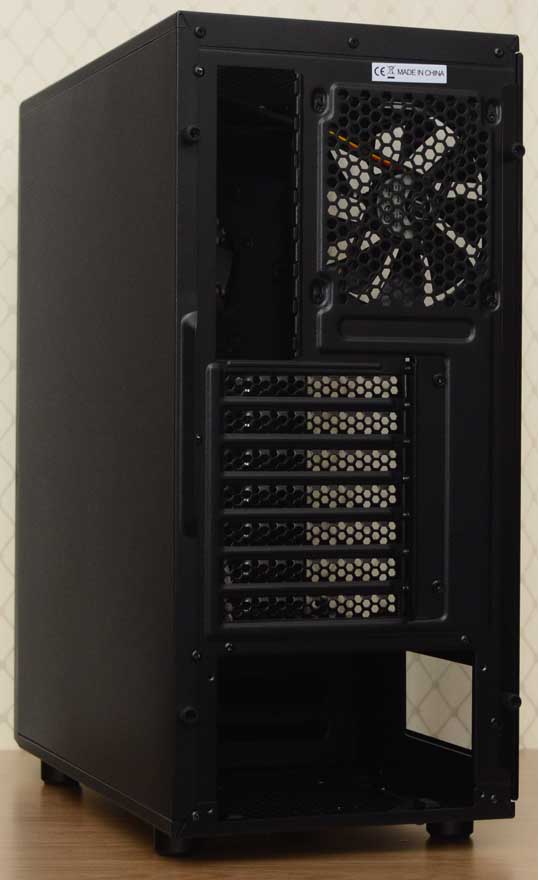
It’ll support up to an ATX motherboard too, and you’ll find seven expansion slots to handle all of that. They’re reusable covers too, not those nasty snap-off ones, which is nice.

Airflow
The massive air vent on the front panel is great. However, you’ll also find a full-length magnetic dust filter fitted to the top for added airflow.

Below it, you’ll find both 120mm and 140mm fittings. However, this chassis is quite compact, so it’s likely only good for fans rather than radiators. However, you can get up to a 360mm in the top, so I doubt you’ll need more radiator space anyway.

The front I/O features two USB 3.0 ports, the usual audio jacks, and some LED indicators. There’s a power and reset button too. However, the reset button is wired to the RGB control panel should you need to change the lights without using the software. Of course, you can re-wire this as a reset if you need it.

Finally, one the base, you’ll find a simple dust filter over the PSU air intake.




















